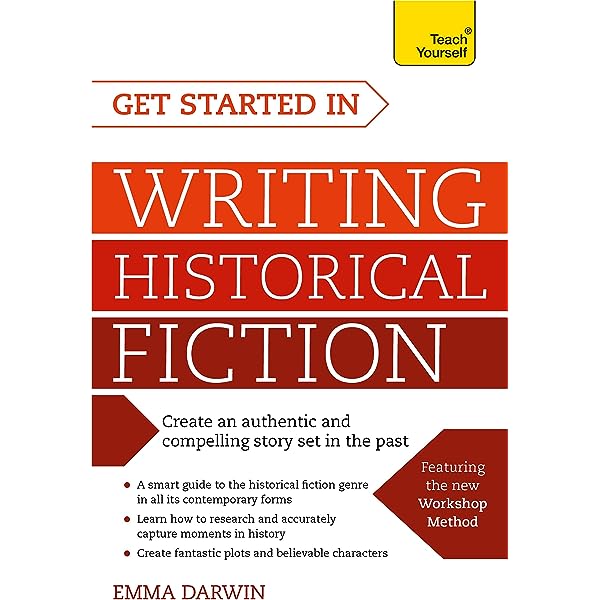
Introduction :
The Allure of Historical Fiction
Historical fiction holds a unique place in the literary world. It marries the richness of history with the creative freedom of fiction, offering readers a chance to journey back in time while experiencing gripping narratives. In this article, we will explore the art of writing historical fiction, offering invaluable insights, techniques, and strategies to help you craft immersive stories that resonate with readers.
Researching Your Historical Setting :
Building the Foundation
Immerse Yourself in the Era :
Step into the Past
Before you put pen to paper, it’s essential to immerse yourself in the historical period you want to depict. Read books, watch documentaries, and explore primary sources to gain a deep understanding of the time’s culture, politics, and daily life.
Visit Historical Sites :
Walk in Your Characters’ Shoes
Whenever possible, visit locations relevant to your story. Walking the streets of a historical city or exploring a preserved village can provide invaluable insights into the setting and atmosphere.
Utilize Authentic Sources :
Reliance on Primary Materials
Rely on primary sources like diaries, letters, newspapers, and photographs. These firsthand accounts offer a glimpse into the thoughts and emotions of people from that era, enriching your narrative with authenticity.

Creating Believable Characters :
Breathed to Life
Character Development :
Bringing Historical Figures to Life
When crafting characters, consider how their beliefs, values, and experiences align with the historical context. Develop their backgrounds and motivations in a way that fits seamlessly into the era.
Dialogue and Language :
Speaking the Part
Pay attention to the language and speech patterns of the time. While avoiding anachronisms, infuse your characters’ dialogue with authenticity, reflecting the language of their era.
Weaving an Engaging Plot :
A Tapestry of Events
Incorporate Historical Events :
Merging Fact and Fiction
Integrate real historical events into your narrative. By blending your fictional plot with actual occurrences, you create a more immersive experience for your readers.
Create Tension and Conflict:
Building Drama
Develop conflicts that resonate with the era’s challenges and societal norms. These conflicts can be personal, political, or cultural, adding depth to your story.
Writing Style and Tone :
Captivating Prose
Balancing Fact and Imagination :
The Art of Blending
Strike a balance between historical accuracy and imaginative storytelling. While staying true to the facts, let your creativity shine through to keep readers engaged.
Evoke the Era’s Atmosphere :
Setting the Scene
Use vivid descriptions and sensory details to transport readers to the past. Engage their senses with sights, sounds, and scents from the historical era.
Conclusion :
Crafting Timeless Stories
Writing historical fiction is a rewarding endeavor that allows you to resurrect the past and offer readers a captivating journey through time. By conducting thorough research, creating authentic characters, and weaving engaging plots, you can craft stories that not only entertain but also educate and inspire. Embrace the challenge of historical fiction, and watch as your narratives come to life in vivid historical settings.
Crafting compelling historical fiction is an art that demands dedication, research, and creativity. By following these guidelines and immersing yourself in the world of your chosen era, you can breathe life into your characters and create narratives that transport readers to bygone times. Now, it’s time to embark on your historical fiction journey and craft stories that resonate across generations.

